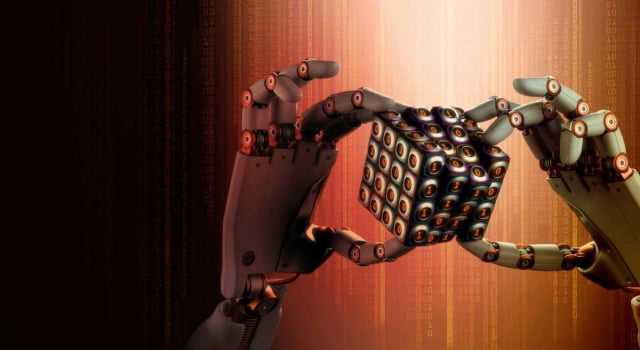The idea of the “knowledge worker” is set to turn 60 next year — the management guru Peter Drucker coined the phrase “knowledge worker” in his 1959 book Landmarks of Tomorrow, predicting a world to come where information, not land, labor, or even financial assets, would prove to be the most valuable part of any company’s business and the economy at large.
The dawn of the computer age set the groundwork to make Drucker’s prediction a reality. Yard-long paper spreadsheets that took hours to rewrite by hand if you needed to change a number were replaced with digital facsimiles, where updates would propagate instantly throughout the document, saving hours of employee time and untold tons of eraser rubber. Invoices that used to live in walls of filing cabinets were suddenly available across the company’s network at the click of a mouse, and memos could spread instantaneously throughout the office via email.
If information is the new currency, then knowledge worker productivity is the metric of any business’s success. By the end of the wave of computerization, it seemed like we should have been making strides towards perfecting Drucker’s knowledge economy, with every worker freed to learn, think, and strategize using the knowledge that was now at their fingertips, rather than waste their brains on the drudge work that kept the rivers of information moving.
But the drudge work persisted, and continues to this day — keeping a company’s information moving from person-to-person and SaaS-to-SaaS is still a marathon of copy-pasting and data entry, reformatting and exporting, training and checking in, just to keep the data lined up so that the actual knowledge workers at the top can get the truly valuable work done.
A 2015 study even found that your average “professional and technical services” office worker’s productivity decreased between 2004 and 2014 — and productivity growth had slowed drastically for every industry outside of tech.
At this point, it seems fair to say that we’ve hit the limit of how much productivity improvement we can wring out of a solid software suite for the day-to-day work of most American business. Like manufacturing before it, a lot of the heavy lifting has already been automated — updating those spreadsheets, for instance, or copying documents out by hand (or ditto paper) using a vast clerical pool — but it probably seems like what’s left is unique to your business, and needs that high-touch human workforce to troubleshoot when things get complicated.
Well, that’s what more complicated manufacturing businesses thought, too, until a recent wave of human-interactive robots started hitting the shop floor. Yes, a lot of your company‘s work is too sensitive to completely automate or trust to workers overseas — an error could spell disaster — but it’s time that knowledge workers started getting their own friendly robots to free them from the worst of the daily grind.
Like the manufacturing robots, these friendly office automators could work with the knowledge worker, learning from them how to best slot into the existing workflow — and turning it into an actual workflow, with all the creative benefits that go with that state of timewarp concentration, instead of the work “stop-and-go” that we’ve gotten used to (which might increase productivity just by virtue of being less distracting — some have estimated that white-collar workers only actually focus on work about 50% of the time).
Even as the economy’s radically transformed, the way we expect to get our work done has stayed stuck in the 20th century. It’s time to move on.




